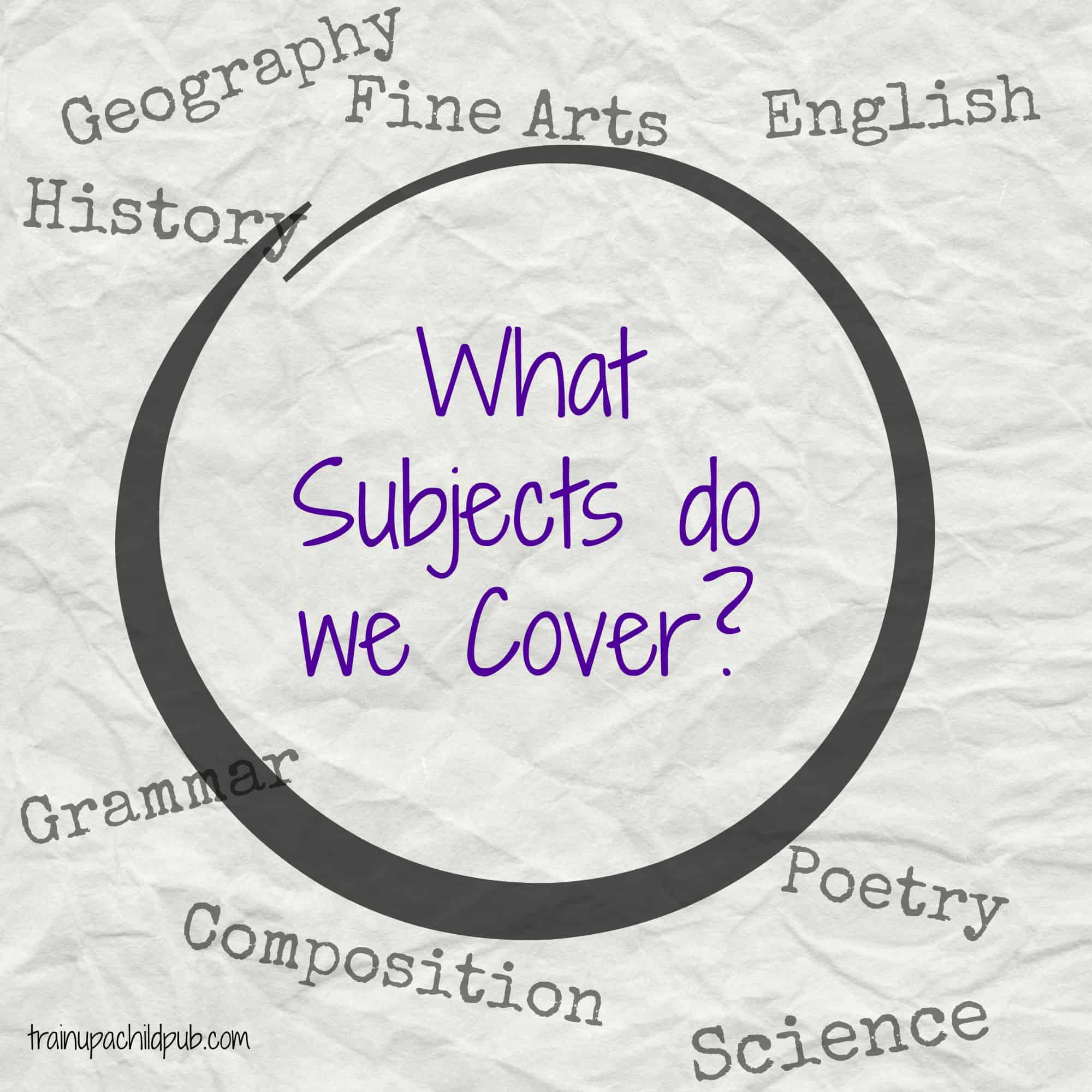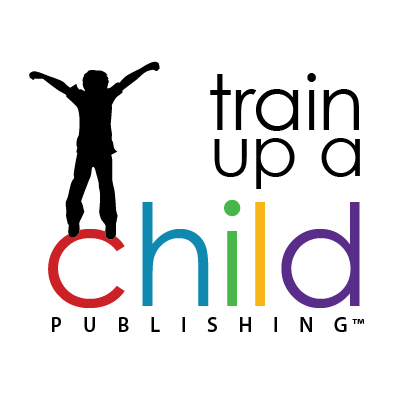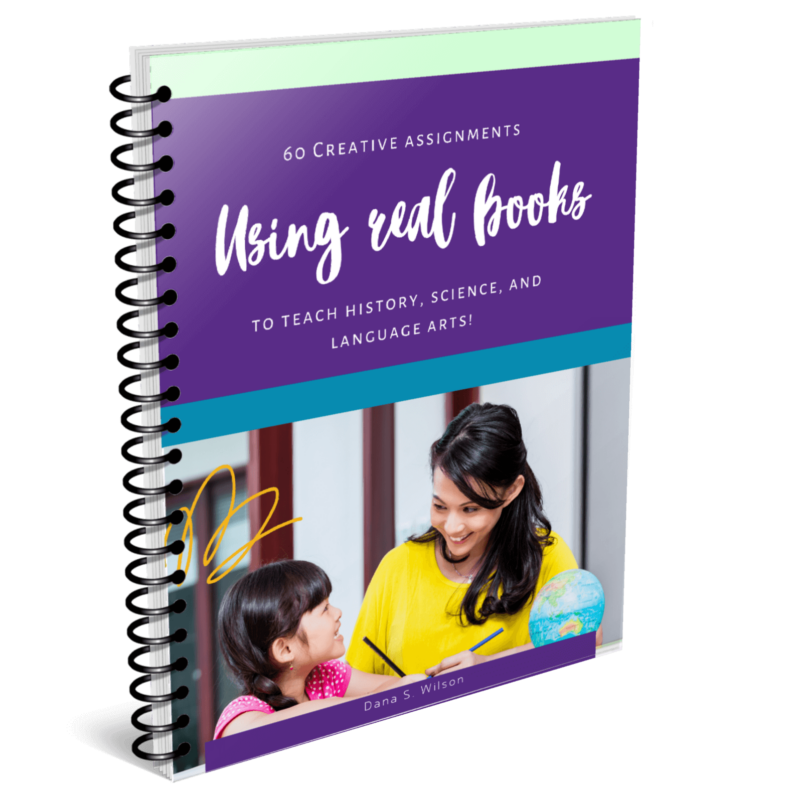What Subjects do we Cover?

Our co-op kids loved our first Middle Ages read aloud – the younger ones, particularly, were intrigued by The Whipping Boy: the exciting story of “Prince Brat” and Jemmy. This young boy received the Prince’s well-earned spankings since it was against the law to spank the royal heir.
What kid wouldn’t love the idea of doing whatever he wanted with someone else to take his punishment? Better yet, while they were reading about the antics of the self-centered prince, they were learning about Middle Ages/Renaissance life in a castle, highwaymen, the town fair (complete with a dancing bear), and much more.
Our curriculum is literature-based and integrates history, science, language arts, and fine arts.
Our literature-based curriculum is built around the best of the best of children’s books. We read hundreds of books to discover those that have the greatest appeal to young readers, are well-written, and often include character lessons.
Differently aged siblings also read books appropriate to their reading levels , but pertaining to same unit and topics. Using the books read for history and science, students use simple Charlotte Mason methods to learn grammar at their own levels.
We study history chronologically and gently weave in science, language arts, and fine arts.

Each of Your Children Studies the Same Time Period at the Same Time
Other events that we shared as we studied the Middle Ages together:
- a later elementary student researched, wrote and read a report about life in a castle
- a younger one made a lap book with middle ages vocabulary, an illustration of a castle with the parts labeled, and a short dictated summary of The Whipping Boy.
- a couple of the middle school students checked out Maggie Black’s The Medieval Cookbook and helped put together a medieval feast for the end of our unit celebration
- we read about and grew herbs for cooking, as herbs were often used during this time period for medicinal purposes as well for flavoring not-so-fresh meats
- all of our students created labeled leaf collections
- the littles made bark rubbings
One of the hallmark’s of our homeschooling curriculum is that everyone studies the same period at the same time. Often, students complete assignments that are different from the others, but all participate in writing (language arts), learning history, reading (language arts), drawing or clay modeling, and looking at period architecture (fine arts).
We also listen to music from the Middle Ages and other time periods as we study them and study art from them as well. Remember that learning increases as you use more than one sense!
Again, because we integrate subjects, children get the chance to become immersed in a culture and time period in a unique and memorable way. School is more engaging and more fun. Hence, students remember more. Win–win!
Trying to teach every subject separately to more than one child is exhausting. And after years of homeschooling, I’m convinced an integrated approach is much more effective as well as less time-consuming.. It’s easier to have your children studying together, as much as possible.
So that’s why different levels of our Daily Lesson Plans and Unit Study Programs all study the same historical periods at the same time.
What subjects do we cover?
We include history, science (for K-8th grade students), language arts, and fine arts. We do not cover high school science, foreign language, or math at any level.
Keep reading for an explanation of how we include these subjects in the curricula.
Bible as History and Science
Although we don’t cover the Bible as a separate subject, we use the Bible for teaching history and science. Additionally we use it for memory work and as a foundation for everything else we do. Our curriculum often refers to the Bible, particularly during the Ancient and Renaissance and Reformation historical periods. We also cover the days of Creation in science and include Scripture memory work during the Ancients, as well. Additionally, in our Unit Study Program Manuals we include a three year Bible reading plan and blank prayer log.
Especially with your younger children, it’s important to use the real words of the Bible when teaching the subject of history. Actually, we see history as HIS-story. Also in our Christian homeschooling curricula we refer to Biblical events as Bible ‘accounts,’ rather than Bible ‘stories.’ This helps smaller children understand that these events actually happened.
In our Middle School Daily Lesson Plans, as students mature, we help you teach them about “author’s bias.” Our plans prompt you to guide your middle schoolers to examine what they read, hear and watch… according to biblical standards.
As part of our High School Courses we often examine leadership, author’s lives and works, and historical characters and events in relation to what God tells us in His Word. In fact, in our World History I high school course, which covers the Ancients through the Renaissance & Reformation, we read significant portions of the Old and New Testaments. Additionally, we help your high school students to analyze Biblical leaders and other leaders from the past, comparing and contrasting — all the while helping them formulate their ideas about what excellent leadership “looks like.”
When we include memory work or Scripture within our curricula, we have used the NIV ’84 or the ESV. We hope you include the Bible and Scripture memory work in your homeschool, using the translation you are most comfortable with.
Our curriculum is written from a Reformed, biblical worldview.
History
Train up a Child Publishing uses whole, living books as recommended by Charlotte Mason to teach reading, history, science, language arts and fine arts.
We divide history chronologically into nine periods, and use that as a framework from which to teach the other subjects we cover. Since we aren’t really a unit study (where ALL subjects are centered around a theme), we call our our more unstructured curricula unit “programs” instead of unit studies.
Timeline, globe, map, and other geography activities, as well as projects for individuals and groups, are suggested in each historical unit of our Unit Programs and round out the subjects included in our curricula.
Our book suggestions are based on the quality of literary value, Biblical relevance, historical correctness and depth, and/or outstanding illustrations. Our literature-based homeschooling curriculum utilizes the best of the best children/young adult literature we can find. One or more of the authors of this homeschooling curriculum has read each book recommended in our programs. We have read literally hundreds and hundreds of books putting together this curricula!
Science
We include science from kindergarten through eighth grade, but do not include science in our high school programs, since colleges want to see specific courses with labs covering specific topics in a particular way. We leave that to others’ expertise!
For kindergarten through eighth grade, science topics are integrated into the history focus, but not forced. For example – for science during the Ancients unit, we study:
- Creation Science
- the Desert (where much of the action takes place during this time in history)
- Science in the Ancient World
During the Middle Ages unit, we study:
- Plants and Herbs
- Herbal Medicine
- Forests/Trees
…all part of daily life during that time period. Wherever possible, the science topics relate to the core history reading.
We read nonfiction, science-based books as well as ones that include hands-on experiments, projects and other science-related activities. The books in our programs are suggested because they include strong science concepts, excellent graphics and examples, and/or valuable experiments.
Like Charlotte Mason, we encourage parents to spend time outdoors in nature observation as well as inside reading. Nature journals were a big hit with our kids, so we describe in our curriculum how to keep nature journals and encourage you to get outside as often as the weather where you live allows.
Language Arts
Language arts consists of reading, phonics, composition, literature, grammar, poetry, punctuation, vocabulary and spelling. Whew!
Copywork and dictation integrate history, literature and science with grammar studies and other language arts. Copywork, reading assignments, narration prompts and discussion questions are provided in our structured Daily Lesson Plans and are taken directly from history and science reading and from Scripture.
With our more unstructured Unit Study Programs, you choose the books you want to read (from our pre-read book suggestions), the copywork, spelling and vocabulary. Our Unit Study Program Teacher’s Manuals include detailed instructions for you describing how to teach phonics, spelling, grammar, punctuation, and handwriting.
In addition, spelling, grammar and handwriting checklists are provided to assist parents in selecting copywork to help teach specific English concepts. Writing skills beyond copying begin in third grade. Memorization of poetry and excerpts from literature are also part of the language arts design.
Fine Arts
We study music and art (painting, drawing, sculpture, architecture) from each time period. In addition to learning about art, this helps students gain a clearer picture of the historical period.
Our structured Daily Lesson Plans include regular picture study and music study as well as a look at architectural innovations during the different periods of history. In our daily lesson plans we often provide web links featuring art of a particular time period.
In our high school literature and history courses, we include the arts in the variety of assignment choices provided. We have plenty of writing assignments, it’s true; but we also include assignment choices such as:
- drawing a diagram or building a model of the Tabernacle (World History I)
- illustrating a scene from a book (American Literature, British Literature, World Literature)
- creating a musical piece (World History I)
- creating a graphic timeline or multimedia presentation (American History I and World History I)
- designing and creating a map book (on paper or using salt/cookie dough) (American History I and World History I)
- designing and creating a children’s book (American History I)
- reproducing a Renaissance period work of art (World History I)
If you have a student that shows special ability in the arts, learning history through the lens of this gift really makes it come alive!
Using our assignment ideas you can truly customize your high schooler’s learning experience.
Additional areas covered in our Secondary Unit Study Program
Our Secondary Unit Study Program, which covers from 9th through 12th grades, has a few extra sections written to your high school student. Every unit includes a Bible Study/Scripture memory passage, Organizational/Time Management Skills section, and a page of mini-research topics. To help you teach your children together, we also list several Multi-Level projects that could be completed by different-aged siblings or a co-op of students of different ages. Take a look at this sample unit to see these additional features.
Read more about our Unit Study Programs here.
Do you have any questions about what we cover or how we do it? Please use the Contact Form found in the top menu on our blog. We’d love to hear from you!
Happy Homeschooling,
![]()

